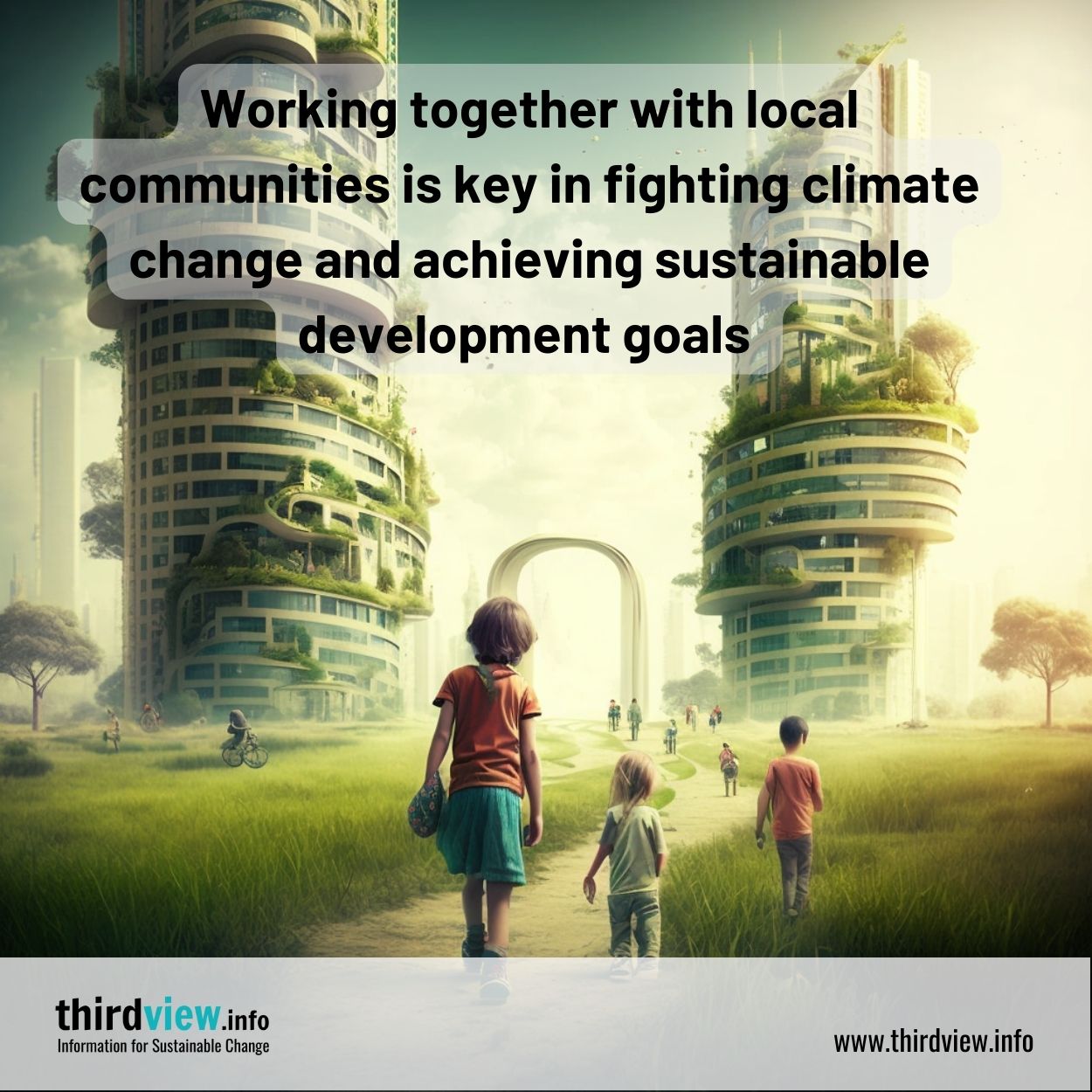
Understanding Shared Goals
Definition and Importance
Shared goals are collective objectives that a group of individuals strives to achieve together. They foster unity and provide direction, making it easier for teams to collaborate effectively. The importance of these goals extends beyond mere targets; they encourage a sense of belonging and commitment among team members, which can significantly enhance productivity and morale. For instance, when a community sets a shared goal to improve local parks, it strengthens bonds among residents as they work together.
Benefits of Shared Goals
The benefits of shared goals are vast and impactful. Here are a few key advantages:
- Enhanced Collaboration: Team members become more engaged and willing to support one another.
- Clear Focus: Everyone understands what they are working towards, reducing ambiguity.
- Increased Motivation: Achieving shared goals provides a sense of fulfillment and encourages perseverance.
Such experiences can transform not just a team’s dynamics, but also the broader community’s spirit.
Building a Foundation Together
Establishing Common Objectives
Once a team recognizes the power of shared goals, the next step is to establish common objectives. This process involves bringing diverse perspectives together to create a unified vision. For example, during a project kickoff meeting, team members should discuss their individual aspirations and find common ground. This unification helps to align everyone’s efforts, ensuring that each contribution supports the larger mission.
Communication and Collaboration
Effective communication is the cornerstone of collaboration. By encouraging open dialogue, teams can share ideas freely and address concerns promptly. Consider holding regular check-ins to foster transparency and trust. Additionally:
- Use collaborative tools for shared documents and updates.
- Encourage feedback to refine strategies and objectives.
These practices strengthen relationships and enhance the group’s overall effectiveness in pursuing shared goals.
Overcoming Challenges
Addressing Conflicts and Differences
Even in the most cohesive teams, conflicts and differences can arise. It’s crucial to address these issues head-on rather than letting them fester. For instance, during a community project, differing opinions on priorities can lead to tension. Approaching these conversations with empathy can transform disagreements into opportunities for growth. Encourage team members to express their views openly, and consider utilizing mediation techniques to facilitate discussions.
Fostering Trust and Understanding
Building trust is essential for effective teamwork. This can be achieved through:
- Regular team-building activities, which help build rapport.
- Active listening, showing that everyone’s input is valued.
By nurturing an environment of understanding, team members feel safe to share their thoughts, making it easier to innovate and collaborate towards their shared goals.

Strengthening Relationships
Cultivating Mutual Respect
As teams navigate through challenges, strengthening relationships becomes paramount. One effective way to do this is by cultivating mutual respect among team members. For instance, acknowledging each other’s expertise and contributions fosters a positive environment. Simple gestures, such as saying “thank you” or sharing credit for successes, can go a long way in building camaraderie.
Celebrating Achievements Together
Celebrating achievements is just as important. Recognizing milestones—whether big or small—creates a sense of unity. Team parties, shout-outs in meetings, or shared treats can be great ways to celebrate. Consider compiling a list of recent accomplishments and highlighting individual roles, fostering a deeper connection and motivation for future goals. This not only boosts morale but also reinforces the collective spirit essential for success.

Sustaining Long-Term Partnerships
Continuous Goal Alignment
To sustain long-term partnerships, it’s vital to continuously align goals. Organizations may evolve, and so should their objectives. Regularly revisiting and reviewing goals ensures that all parties remain on the same page. For instance, a quarterly alignment meeting can provide a platform to discuss progress and recalibrate priorities. This proactive approach helps in avoiding miscommunications and keeps the partnership vibrant.
Adapting to Change
Adaptability is key in a world that is constantly evolving. Teams should be open to embracing changes in direction, strategies, or goals that benefit the partnership. This could involve:
- Flexible planning, allowing adjustments based on new circumstances.
- Training sessions to help team members develop skills relevant to new objectives.
By fostering a culture of adaptability, partners can not only navigate challenges but also seize new opportunities together.

Impact on Individuals and Communities
Empowering Individuals through Shared Goals
When individuals embark on a journey toward shared goals, empowerment follows naturally. Working towards a common vision boosts confidence and instills a sense of purpose. For example, a community gardening project not only enhances local green spaces but also empowers participants with gardening skills and ownership over their environment. This growth leads to personal development and a stronger sense of community identity.
Creating Positive Community Outcomes
Shared goals significantly contribute to positive outcomes in communities. Enhancing safety, improving education, and increasing access to resources are just a few examples. Consider the impact of a community learning center established through collaboration: it provides educational programs and job training, which leads to lower unemployment rates and enriched lives. By collectively investing in shared objectives, communities become more resilient and thrive together.
